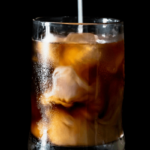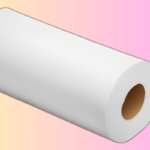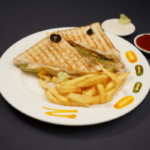Stainless steel cookware is a kitchen staple for professional chefs and home cooks alike. It’s known for its durability, resistance to rust, and ability to withstand high heat. But when it comes to the utensils you should use on this type of cookware, there’s often some confusion. Many people wonder: can I use metal utensils on stainless steel cookware?
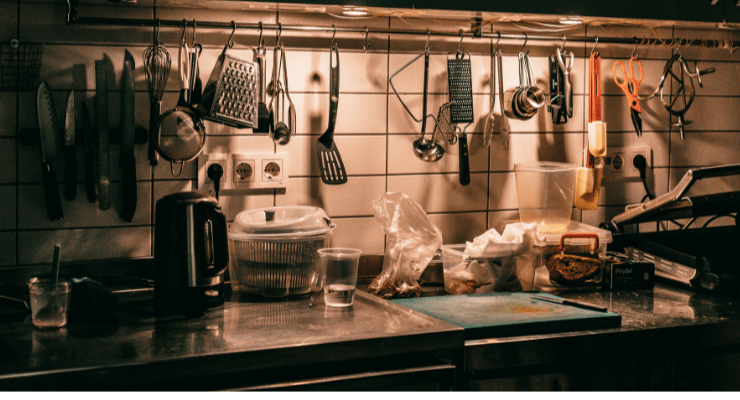
In this article, we’ll dive into the pros and cons of using metal utensils on stainless steel, why stainless steel is a popular choice in the kitchen, and how to properly care for your cookware. We’ll also answer some frequently asked questions (FAQs) to help you make the best decision for your kitchen.
Why Stainless Steel Cookware is Popular
Before we address the topic of metal utensils, let’s explore why stainless steel cookware is a go-to for many cooks:
1. Durability: Stainless steel is incredibly tough. It can withstand high temperatures, heavy use, and frequent washing without breaking down or warping.
2. Non-Reactive Surface: Unlike some other materials, stainless steel doesn’t react with acidic or alkaline foods. This makes it perfect for cooking a wide range of dishes without worrying about leaching chemicals or altering the flavor.
3. Even Heat Distribution: High-quality stainless steel cookware often features a core made of aluminum or copper, which promotes even heat distribution. This allows for precise cooking without hot spots.
4. Versatile: Stainless steel is compatible with all types of stovetops, including gas, electric, and induction. It’s also oven-safe, making it ideal for recipes that require stovetop-to-oven transitions.
Metal Utensils and Stainless Steel Cookware: Can They Coexist?
The short answer is yes, you can use metal utensils on stainless steel cookware. Unlike non-stick cookware or ceramic-coated pans, stainless steel is much more resistant to scratches and wear. However, there are a few important considerations to keep in mind when using metal utensils on stainless steel:
1. Stainless Steel is Tough but Not Scratch-Proof
While stainless steel is extremely durable, it is not entirely scratch-resistant. Using sharp metal utensils—like knives or hard-edged spatulas—can leave scratches on the surface of your cookware. These scratches are usually superficial and won’t impact the cookware’s performance, but they can dull the shiny finish over time.
2. Metal Utensils Won’t Damage the Functionality
Unlike non-stick cookware, where scratches can damage the coating and ruin the non-stick feature, stainless steel remains functional even with some surface scratches. These small marks won’t affect the heat distribution or cooking ability of the pan, making metal utensils a safe option in terms of functionality.
3. Avoid Using Very Sharp or Pointed Metal Utensils
While standard metal spatulas, spoons, or tongs won’t pose much of a problem, sharp-edged tools like knives or metal forks can leave deeper gouges. If you want to avoid marring the polished surface of your stainless steel pans, it’s best to reserve sharper tools for cutting boards and other surfaces.
4. Heat and Metal Utensils: A Good Combination
When cooking at high temperatures, plastic or wooden utensils may not hold up well. Plastic can melt, and wooden utensils can become brittle or charred. Metal utensils are heat-resistant and ideal for use with stainless steel cookware, which often involves higher cooking temperatures for searing, browning, and deglazing.
Benefits of Using Metal Utensils on Stainless Steel Cookware
There are several advantages to using metal utensils with your stainless steel cookware:
1. Sturdy and Long-Lasting
Metal utensils are strong and durable, just like stainless steel cookware. You don’t have to worry about bending or breaking your tools when you’re flipping food or stirring thick sauces.
2. Better Control Over Cooking
Metal spatulas and spoons provide better precision when it comes to flipping delicate foods like fish fillets or pancakes. The firm structure of metal utensils also allows you to scrape stuck-on bits off the pan when deglazing, which enhances the flavor of your dish.
3. More Heat-Resistant
Unlike plastic or silicone utensils, metal can withstand high heat without melting or warping. This makes metal utensils a great match for stainless steel cookware, especially for tasks like sautéing, browning, or grilling.
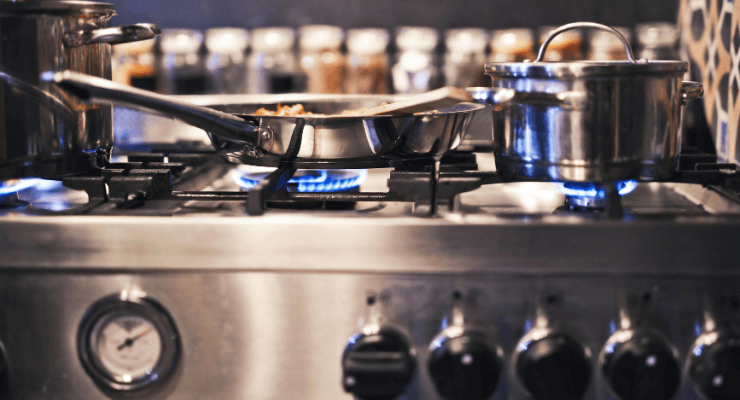
Drawbacks
While it’s safe to use metal utensils on stainless steel, there are a few downsides to consider:
1. Superficial Scratches
As mentioned earlier, metal utensils can cause light scratching on the surface of your stainless steel pans. These scratches are usually just cosmetic, but they can dull the shiny finish that many people love about stainless steel cookware.
2. Noise
Metal utensils can make more noise when they come in contact with stainless steel surfaces, particularly when stirring or flipping food. Some cooks find this noise a bit unpleasant, but it’s more of a minor annoyance than a serious issue.
3. Care and Maintenance
If you want to maintain the polished look of your stainless steel pans, you’ll need to be more careful when using metal utensils. Regular cleaning with a stainless steel cleaner can help minimize the appearance of scratches, but it won’t completely eliminate them.
Tips for Using Metal Utensils with Stainless Steel Cookware
If you choose to use metal utensils on your stainless steel cookware, here are some helpful tips to minimize any potential damage:
1. Opt for Rounded-Edge Metal Utensils
Choose metal utensils with rounded edges instead of sharp or pointed ones. This can help reduce the risk of leaving deep scratches or gouges on the surface of your cookware.
2. Use Gentle Pressure
When cooking with metal utensils, avoid pressing down too hard on the pan’s surface. Light pressure will still get the job done without causing unnecessary scratches.
3. Clean Your Cookware Regularly
To keep your stainless steel cookware looking its best, clean it regularly with a soft sponge and mild detergent. For more stubborn stains or scratches, a stainless steel cleaner or polish can restore its shine.
4. Avoid Using Metal Utensils on Non-Stick Coated Stainless Steel
Some stainless steel cookware has a non-stick coating. If you own this type of cookware, it’s best to avoid using metal utensils as they can damage the non-stick layer. Stick with silicone, plastic, or wooden utensils for coated stainless steel pans.
Conclusion
In summary, it is safe to use metal utensils on stainless steel cookware. Stainless steel is tough enough to handle metal spatulas, spoons, and whisks without compromising its performance. However, to maintain the polished finish and keep your cookware looking its best, consider using rounded-edge utensils, applying gentle pressure, and regularly cleaning your pans.
It is one of the most versatile and durable types of cookware available, and using metal utensils won’t harm its effectiveness. Whether you’re a seasoned chef or a casual home cook, stainless steel can serve you well for many years with the right care and attention.
FAQ
1. Can metal utensils damage stainless steel cookware?
While metal utensils can cause light surface scratches on stainless steel cookware, they won’t damage its functionality or heat distribution. Most scratches are purely cosmetic.
2. Is it better to use silicone or wooden utensils on stainless steel?
Silicone and wooden utensils are gentler on stainless steel and won’t cause scratches. However, they may not be as durable or heat-resistant as metal utensils, especially at high cooking temperatures.
3. How do I remove scratches from stainless steel cookware?
For light scratches, use a stainless steel cleaner or polish to buff the surface. For deeper scratches, you may need a more specialized stainless steel repair kit, although these are rarely necessary for most cookware.
4. Can I use a metal whisk in a stainless steel pot?
Yes, you can use a metal whisk in a stainless steel pot, but be gentle to avoid leaving noticeable scratches. For vigorous whisking, you might prefer a silicone-coated whisk to protect the pot’s surface.
5. Will using metal utensils void my stainless steel cookware warranty?
Most manufacturers do not void warranties for using metal utensils on stainless steel cookware. However, it’s always a good idea to check the warranty terms and conditions for specific guidelines.
As an Amazon Associate, I earn from qualifying purchases.

